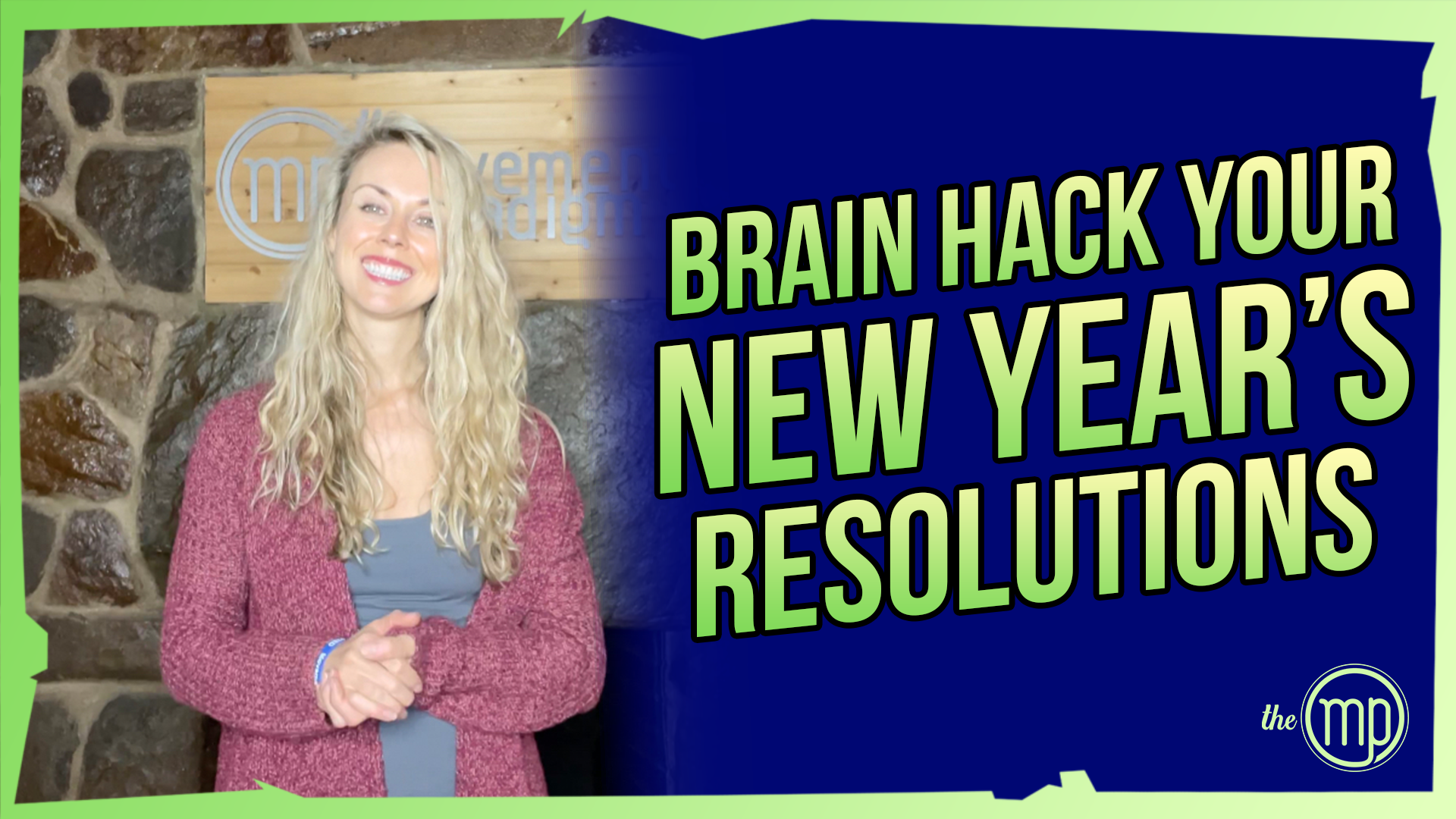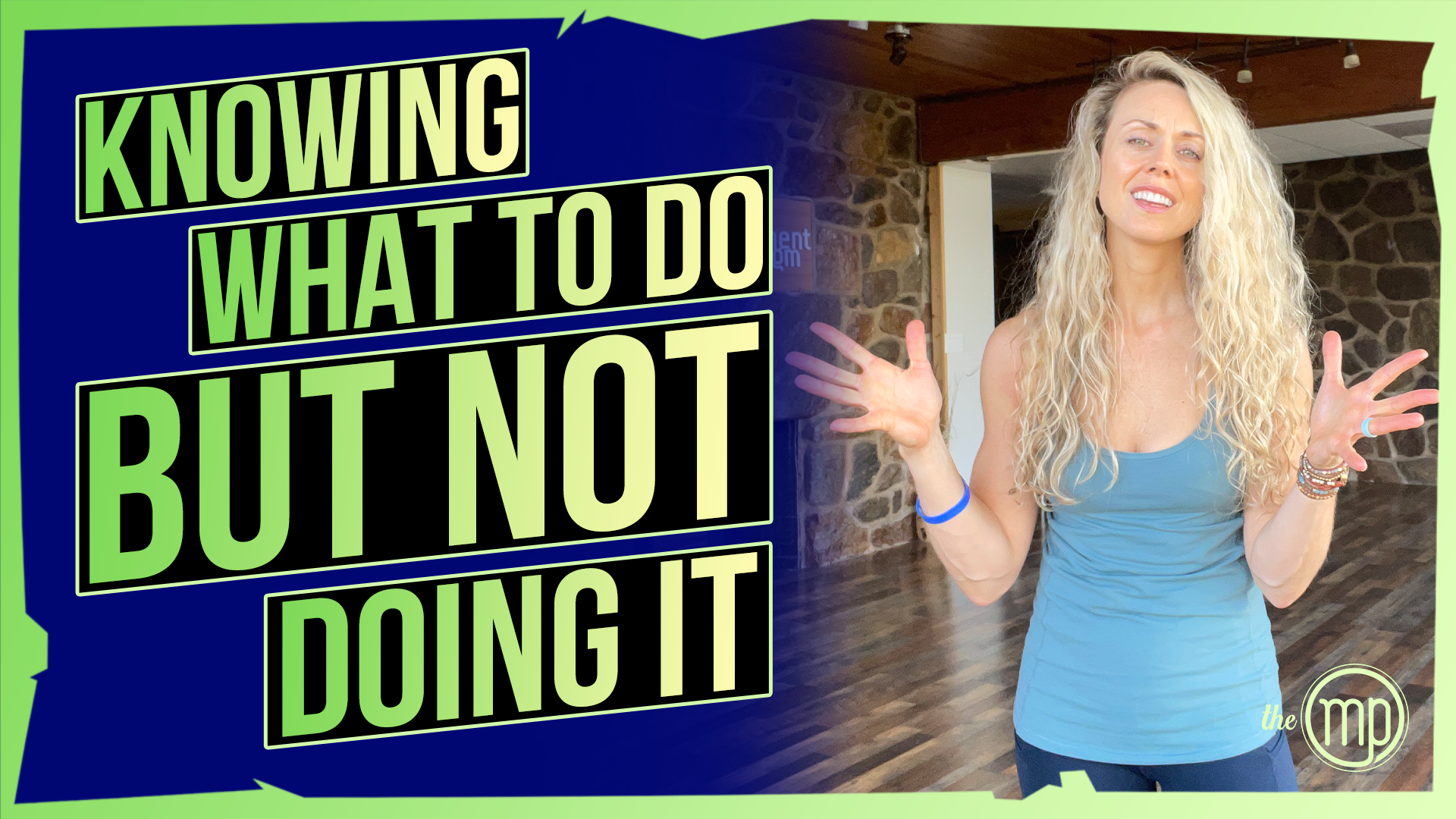Are you a person that sets a New Year’s resolution every year, but doesn’t quite follow through with it? Maybe you know a lot of friends and family members that set goals, but by the end of the year, you ask them if they’ve done them and they haven’t. Whether you’ve been successful in the past or not, this is a new year, and you absolutely can hack your brain through cognitive-behavioral processes to achieve success in your New Year’s resolutions. You can do this in three easy ways.
Setting SMART Goals.
SMART stands for Specific, Measurable, Action-Oriented, Realistic, and Time-Oriented.
Specific: You want to be specific about your goal and map out how you’re going to be able to do that. For example, I want to learn steel mace this year. I know the basics, but this year I’m going to dedicate some time towards getting better and more proficient at steel mace. At the end of the year, I want to certify in that, so I have a very specific goal.
Measurable: How can you measure your goals? So my measure is going to be when I complete the certification. If that doesn’t happen this year that’s okay, but I’m going to work towards that, so that is my precise measurement.
Action-Oriented: Next is action-oriented, how exactly are you going to achieve that goal? So, I’m working with a coach and I’m going to practice two to three days a week on steel mace. I’ve signed up for the certification so that each month I’ll be working towards a specific goal. Essentially, how are you going to map out achieving that goal? If you don’t do that, you are not setting yourself up for success. For example, if you want to lose weight, but you don’t like to grocery shop, then that is not going to work out so well. You have to figure out how you can meal prep or maybe you need to hire a professional to help guide you because you’ve been doing the same thing over and over again.
Realistic: Is it realistic, is this possible, or is it too farfetched? For example, saying I’m going to lose 40 pounds in a month or I’m going to go to the gym five to seven days a week are not realistic goals. You need to give yourself time to adapt and work into a new habit as opposed to just going all in and then crashing come February.
Time: Lastly is the building in the time. So what are you measuring and then what is your timeline to achive it? For example, by June or sooner I am going to begin to work out three days a week or by February or sooner I am going to eat six servings of vegetables a day.
Take your time and go through this process. Make sure your goals are strong, realistic, and measurable so that you can be successful.
2. Hacking that habit loop, and rewarding yourself.
When you are setting a new goal, you want to try to reward yourself immediately after you’ve done something. For example, you wake up in the morning and exercise, right after you are done exercising you want to reward yourself. That could be something as simple as taking a hot shower or eating a piece of chocolate. Whatever is rewarding to you. Research shows that you should do it immediately after the activity to help reinforce that process and reprogram your subconscious mind.
3. Consistency.
You have to be consistent when trying to gain new habits. Even when it’s hard, you have to commit, perhaps for two minutes or five minutes. You have to be consistent and once you do, it becomes easier and easier. Sometimes you have to break through a lot of barriers and a lot of subconscious behaviors that have been working against you for so long. Remember your subconscious mind always likes what’s easy and likes to follow the path of least resistance so you have to work hard to break out of that.
This year, change things up. Don’t be the norm. Happy New Year!
If you’d like to schedule a free 15 minute virtual discovery session, please email [email protected] or text 302-373-2394 to schdule. We’d love to help you get healthy again!
For more content, make sure to subscribe to our YouTube channel here.


